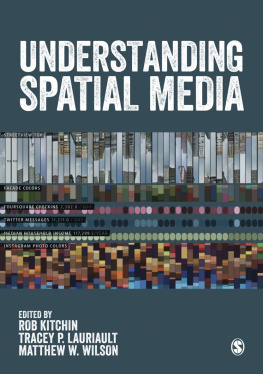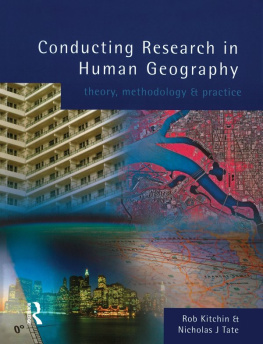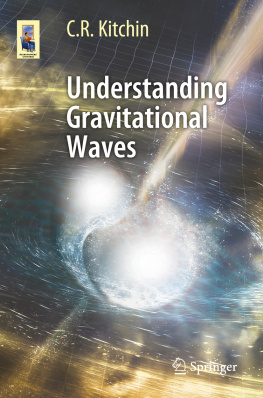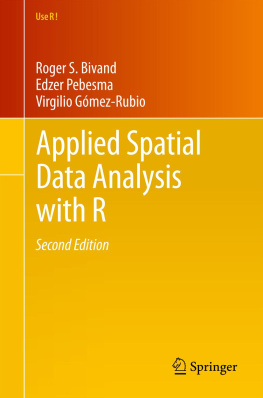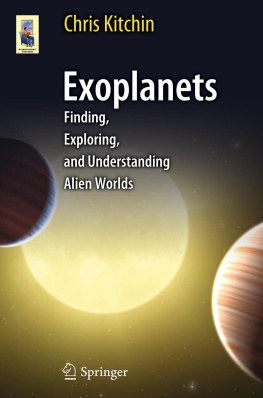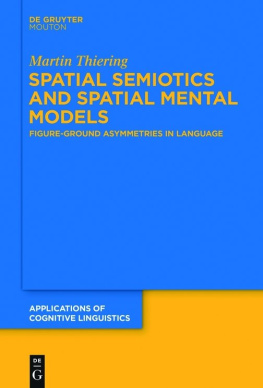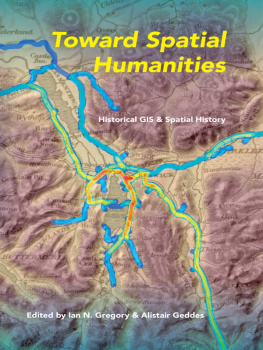SAGE Publications Ltd
1 Olivers Yard
55 City Road
London EC1Y 1SP
SAGE Publications Inc.
2455 Teller Road
Thousand Oaks, California 91320
SAGE Publications India Pvt Ltd
B 1/I 1 Mohan Cooperative Industrial Area
Mathura Road
New Delhi 110 044
SAGE Publications Asia-Pacific Pte Ltd
3 Church Street
#10-04 Samsung Hub
Singapore 049483
Introduction and editorial arrangement Rob Kitchin, Tracey P. Lauriault and Matthew W. Wilson 2107
Chapter 2 Britta Ricker 2017
Chapter 3 Jeremy W. Crampton 2017
Chapter 4 Mark Graham 2017
Chapter 5 Jim Thatcher 2017
Chapter 6 Jessa Lingel 2017
Chapter 7 Shannon Mattern 2017
Chapter 8 Stephen Ervin 2017
Chapter 9 Tracey P. Lauriault 2017
Chapter 10 Daniel Sui 2017
Chapter 11 Rob Kitchin, Gavin McArdle and Tracey P. Lauriault 2017
Chapter 12 Muki Haklay 2017
Chapter 13 Peter L. Pulsifer and Glenn Brauen 2017
Chapter 14 Harvey J. Miller 2017
Chapter 15 Teresa Scassa 2017
Chapter 16 Leighton Evans and Sung-Yueh Perng 2017
Chapter 17 Rob Kitchin 2017
Chapter 18 Tracey P. Lauriault and Mary Francoli 2017
Chapter 19 Michael Batty 2017
Chapter 20 Francisco Klauser and Sarah Widmer 2017
Chapter 21 David Murakami Wood 2017
Chapter 22 Agnieszka Leszczynski 2017
First published 2017
Apart from any fair dealing for the purposes of research or private study, or criticism or review, as permitted under the Copyright, Designs and Patents Act, 1988, this publication may be reproduced, stored or transmitted in any form, or by any means, only with the prior permission in writing of the publishers, or in the case of reprographic reproduction, in accordance with the terms of licences issued by the Copyright Licensing Agency. Enquiries concerning reproduction outside those terms should be sent to the publishers.
Library of Congress Control Number: 2016945038
British Library Cataloguing in Publication data
A catalogue record for this book is available from the British Library
ISBN 978-1-4739-4967-6
ISBN 978-1-4739-4968-3 (pbk)
Editor: Robert Rojek
Editorial assistant: Matthew Oldfield
Production editor: Katherine Haw
Copyeditor: Camille Bramall
Indexer: Rob Kitchin
Marketing manager: Sally Ransom
Cover design: Stephanie Guyaz
Typeset by: C&M Digitals (P) Ltd, Chennai, India
Printed in the UK
Contributors
Michael BattyCentre for Advanced Spatial Analysis, University College London, London, UK.Glenn BrauenDepartment of Human Geography, University of Toronto, Scarborough, Canada.Jeremy W. CramptonDepartment of Geography, University of Kentucky, Lexington, KY, USA.Stephen ErvinDepartment of Landscape Architecture, Graduate School of Design, Harvard University, Cambridge, MA, USA.Leighton EvansSchool of Arts and Media, University of Brighton, Brighton, UK.Mary FrancoliSchool of Journalism and Communication, Carleton University, Ottawa, Canada.Mark GrahamOxford Internet Institute, Oxford University, Oxford, UK.Muki HaklayDepartment of Civil, Environmental and Geomatic Engineering, University College London, London, UK.Rob KitchinNational Institute for Regional and Spatial Analysis, National University of Ireland, Maynooth, Ireland.Francisco KlauserInstitut de Gographie, Universit de Neuchtel, Neuchtel, Switzerland.Tracey P. LauriaultSchool of Journalism and Communication, Carleton University, Ottawa, Canada.Agnieszka LeszczynskiSchool of Environment, University of Auckland, Auckland, New Zealand.Jessa LingelAnnenberg School for Communication, University of Pennsylvania, Philadelphia, PA, USA.Gavin McArdleSchool of Computer Science, University College Dublin, Dublin, Ireland.Shannon MatternSchool of Media Studies, The New School, New York, USA.Harvey J. MillerDepartment of Geography, Ohio State University, Columbus, OH, USA.David Murakami WoodDepartment of Sociology, Queens University, Kingston, Canada.Sung-Yueh PerngNational Institute for Regional and Spatial Analysis, National University of Ireland, Maynooth, Ireland.Peter L. PulsiferNational Snow and Ice Data Center, University of Colorado, Boulder, CO, USA.Britta RickerUrban Studies, University of Washington, Tacoma, WA, USA.Teresa ScassaFaculty of Law, Carleton University, Ottawa, Canada.Daniel SuiDepartment of Geography, Ohio State University, Columbus, OH, USA.Jim ThatcherUrban Studies, University of Washington, Tacoma, WA, USA.Sarah WidmerInstitut de Gographie, Universit de Neuchtel, Neuchtel, Switzerland.Matthew W. WilsonDepartment of Geography, University of Kentucky, Lexington, KY, USA.
Understanding Spatial Media
Rob Kitchin
Tracey P. Lauriault
Matthew W. Wilson
Introduction
Over the past decade, the practices which produce, process, analyse, share and use digital spatial information have diversified and proliferated. No longer are the handling, storage and examination of digital spatial data confined largely to standalone geographic information systems (GIS), remote sensing packages and specialised geomatics applications that are within the control of a small number of authoritative state, private sector and academic stakeholders, and serviced by a limited pool of skilled personnel. Rather, a varied set of new, networked and often mobile spatial technologies have been developed that are open to use, contributions and editing by anyone with access to the internet. These developments in technology have accompanied rapid shifts in the social, economic, cultural and political geographies of everyday life, with new opportunities for capitalist accumulation and speculation, state and corporate surveillance and governance, and citizen science initiatives.
These new spatial and locative technologies include a suite of applications that are explicitly spatial, wherein location and mapping are core to their modus operandi. This includes: online, interactive mapping tools with accompanying application programming interfaces (APIs) that enable the easy production of map mashups which can be embedded on any webpage and push applications beyond desktop GIS (e.g. Google Maps; see ).
Geography then has become a key organizational logic of the web and the web has become a key means to mediate space, location and sociality (Gordon and de Souza e Silva, 2011: 3). Indeed, these spatial and locative technologies render virtually everything located or locatable, and thus open to navigation via maps or spatialisations and interpretation through geographical analysis (Gordon and de Souza e Silva, 2011; Wilson and Graham, 2013).





